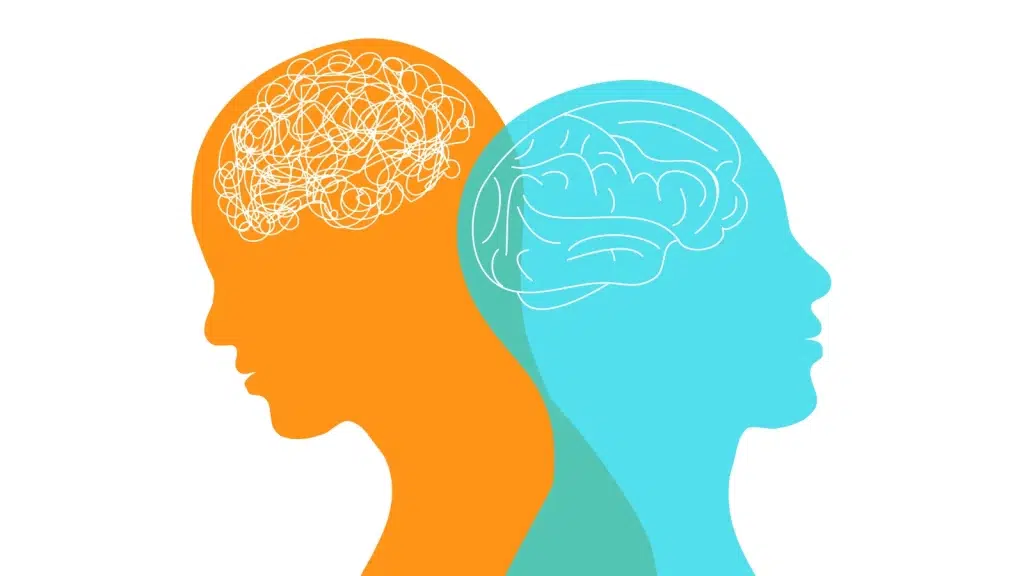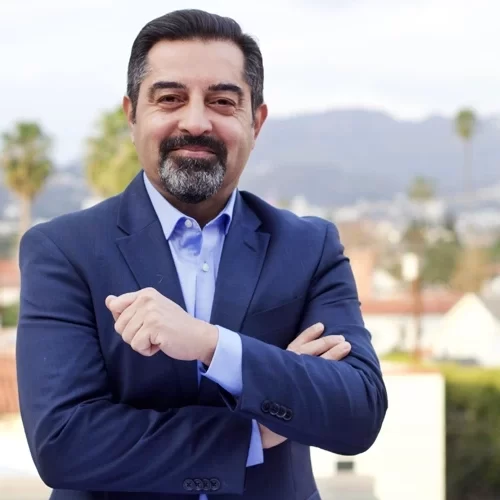In the realms of health and wellness, there’s no shortage of conferences, seminars, and workshops about the benefits of certain foods, the efficacy of various exercise regimens, or the latest techniques in stress management. While these topics are undeniably important, there’s a glaring omission in these discussions: the critical role of behavior change.
Year after year, we see a pattern: the focus remains on the “what” — what to eat, what exercises to do, what relaxation techniques to adopt — but the “how” — how to integrate these practices into daily life, how to motivate individuals to adopt and maintain these behaviors — is often sidelined.
This oversight is not just a gap in discourse — it’s a significant barrier to achieving real, sustainable brain and overall health outcomes.

Understanding the individual, family, and community
Every individual is unique, shaped by a myriad of factors, including their family dynamics, community influences, cultural background, and personal experiences.
To make a genuine difference in someone’s life, it’s imperative to understand these nuances. It’s not enough to prescribe a one-size-fits-all solution; we need to tailor interventions to fit the individual’s needs, resources, limitations, and opportunities.
As I said on a related episode of our Brain Health Revolution Podcast: “An individual is never an individual. We’re being influenced by our community, the resources in that community, the limitations in that community.”
For instance, recommending a daily 30-minute walk might sound simple. But for a single mother juggling multiple jobs, or for someone living in a neighborhood without safe walking paths, this advice is not just impractical — it’s tone-deaf. By understanding the individual’s context, we can offer solutions that are both feasible and effective.
That’s the kind of powerful tailored change we’ve been able to achieve through our NEURO Academy community. By designing this online space to be an open forum where people can find others with similar circumstances to theirs, answers to situational health qualms can be discovered organically and conversationally.
The first step to understanding is listening
True understanding begins with listening. It’s about creating a space where individuals and communities can voice their concerns, share their challenges, and express their needs. Only by actively listening can we hope to design interventions that resonate with everyone.
However, the act of listening goes beyond mere passive reception.
It’s about empathy, validation, and building trust.
It’s about recognizing that the individual or community is the expert of their own experience.
And it’s about acknowledging that, while academic knowledge is valuable, lived experiences offer insights that no textbook or research paper can provide.
Bridging the gap: the challenge of communication
So, if behavior change is so crucial, and if understanding and listening are the keys to effective intervention, why aren’t these approaches more widespread?
The answer lies in the challenging gap between the academic realm and the community.
Research, including my own dissertation, has repeatedly shown the effectiveness of community-based interventions that prioritize behavior change.
Yet, translating these findings into real-world applications is no easy feat. Academia and communities often operate in silos, with distinct languages, priorities, and approaches.
Bridging this divide requires effort, patience, and a willingness to step outside one’s comfort zone.
But the rewards of this endeavor are well worth the effort. By fostering genuine partnerships between researchers and communities, we can co-create solutions that are not only evidence-based but also culturally sensitive, contextually relevant, and deeply impactful.
In the pursuit of health and wellness, it’s time to shift the spotlight. Let’s move beyond the endless debates about the best foods or the most effective exercises. Let’s focus on what truly matters: understanding and influencing behavior.
By prioritizing behavior change, by seeking to understand the individual and the community, and by bridging the communication gap between academia and the community, we can pave the way for a healthier, happier future for all.

About The Author
Dean Sherzai, MD, PhD
Dr. Dean Sherzai is co-director of the Alzheimer’s Prevention Program at Loma Linda University. Dean trained in Neurology at Georgetown University School of Medicine, and completed fellowships in neurodegenerative diseases and dementia at the National Institutes of Health and UC San Diego. He also holds a PhD in Healthcare Leadership with a focus on community health from Andrews University.
Get more brain science direct to your email inbox
Sign up for the Brain Docs newsletter for weekly recipes, brain teasers, neuroscience facts, podcast updates, and more — for free!



